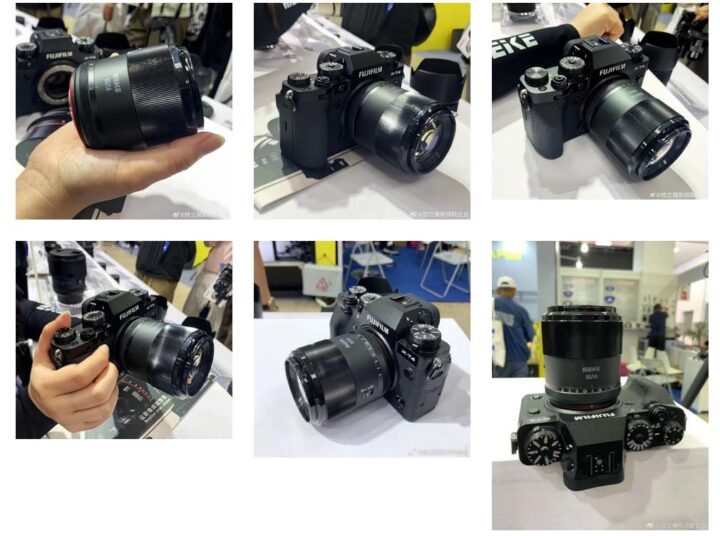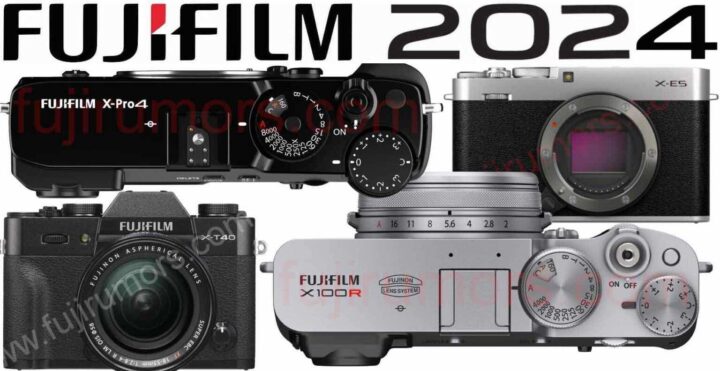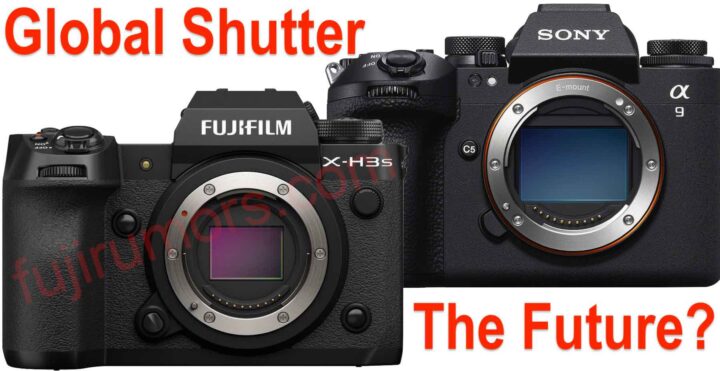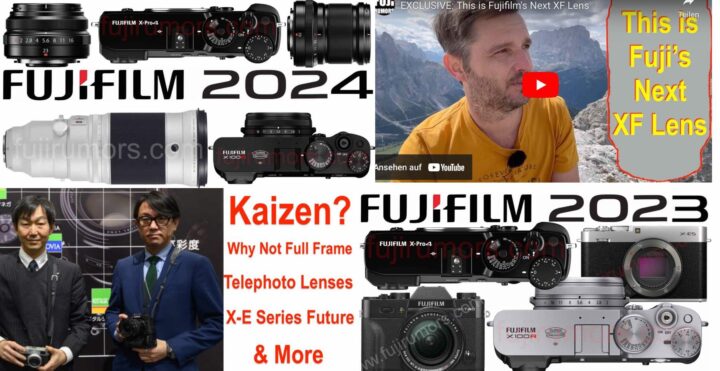BREAKING: Fujinon XF16-50mm Coming to Replace XF18-55mm f/2.8-4
We already told you that the next XF lens that Fujifilm will launch will be the replacement to the Fujinon XF18-55mm f/2.8-4.
And we also told you here not to expect an XF18-55mm f/2.8-4 MKII.
In fact, according to our trusted sources, the XF18-55 replacement will be an XF16-50mm lens.
I know what you think.
You think “that sounds more like the replacement to the Fujinon XC 16-50mm“.
But no, it’s not, because the replacement to the Fujinon XC16-50mm is already out and it’s this lens here.
And more importantly, the XF18-55mm production will be stopped once the XF16-50mm is out, making the 16-50mm effectively the replacement to the XF18-55mm as the main kit lens.
Personally I am happy to see it going a bit wider (16mm vs 18mm).
And while some might not be happy about the slightly shorter long end, consider that the XF18-55 is not a lens capable, wide open, to resolve all 40MP of the latest APS-C X series cameras. If the replacement, the XF16-50mm, turns out to be sensibly sharper than the 18-55, then you might lose some zoom range on the long end, but you’ll be able to compensate in part for that by being able to crop in more and still get a nice clean, sharp image.
I have no solid information on the aperture range.
As soon as I have more details on this lens (but also other upcoming XF lenses), I will inform you here on FujiRumors.
Follow FujiRumors on
Fujifilm Facebook Groups








